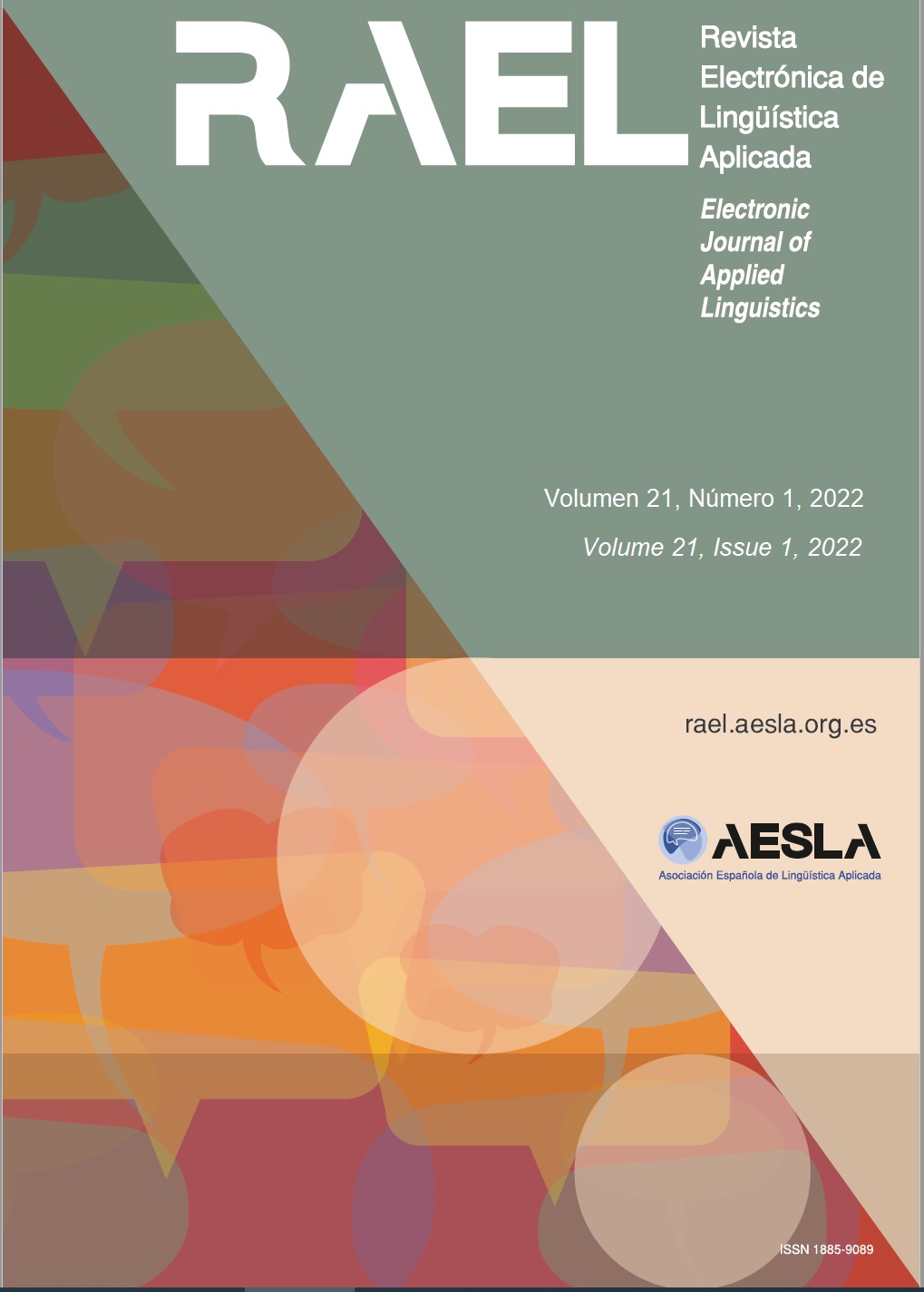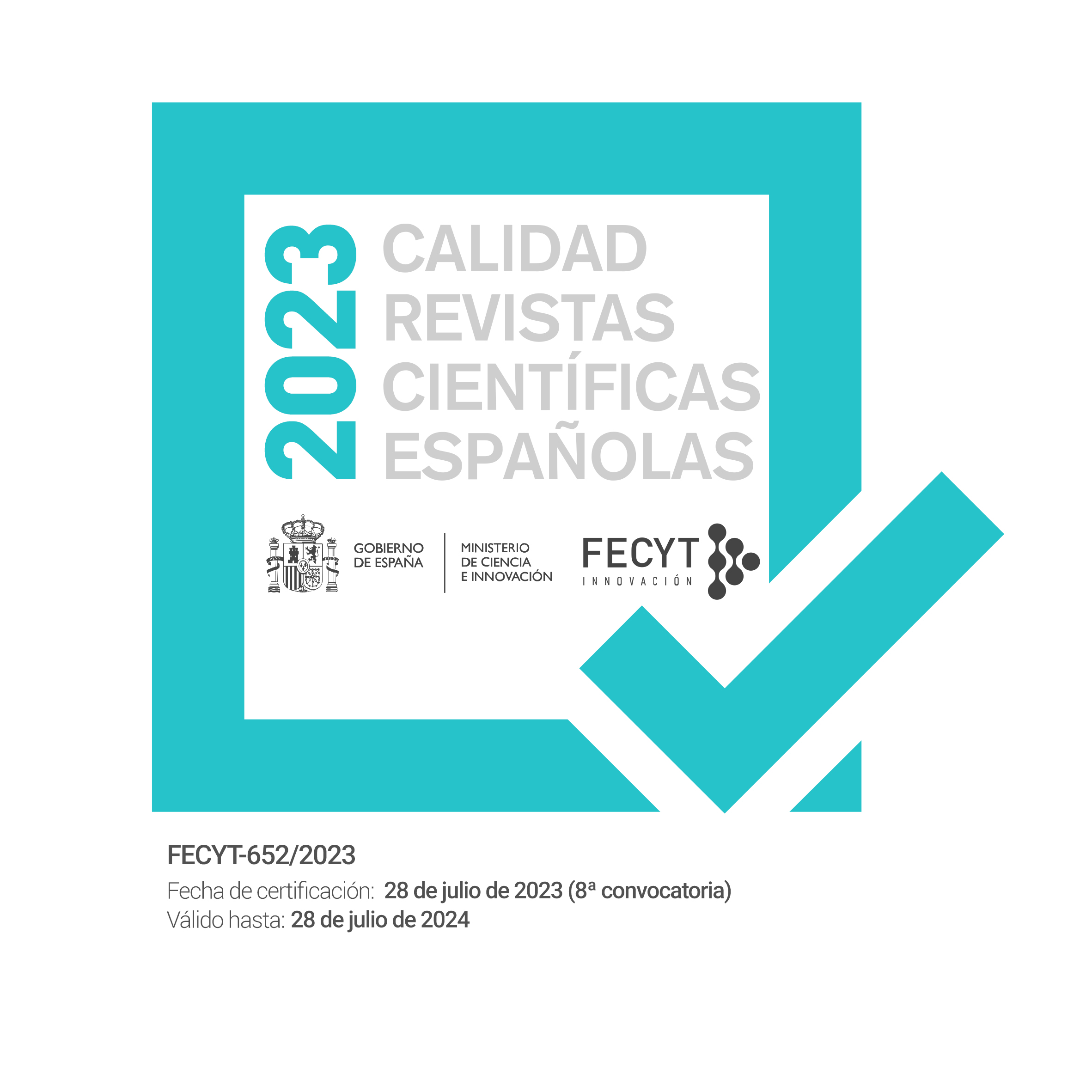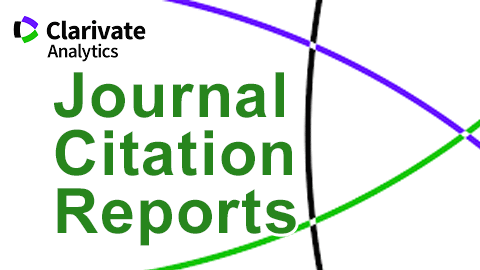Asymmetries in child foreign language acquisition: production and interpretation of L2 English subjects
DOI:
https://doi.org/10.58859/rael.v21i1.496Keywords:
subjects, child foreign language acquisition, minimal input, English as a Foreign Language, asymmetryAbstract
Child language acquisition in foreign language contexts with limited exposure is often a slow process where initial stages of development last longer than in L2 contexts or in adult learners. Exploring this context may provide insights into the nature of the acquisition process and how it is reflected in the data. This study explores young learners’ subject pronoun interpretation and realization in their non-native English. Thirty-seven 9-10 year-old Catalan/Spanish foreign language learners of English were tested on their grammatical knowledge of subjects (interpretation and production tasks). Whereas children show null subjects transferred from their L1 in the interpretation task, rates of null subjects are lower in production. The asymmetries found appear to be linked to the nature of the production of pre-learned structures, which masks the null subject grammars of the learners in this task. Our data contribute to the characterization of foreign language development in an early learning context.
Downloads
Global Statistics ℹ️
|
1065
Views
|
663
Downloads
|
|
1728
Total
|
|
Downloads
Published
How to Cite
Issue
Section
License
Copyright (c) 2023 Elisabet Pladevall-Ballester, Eloi Puig-Mayenco, Susagna Tubau, Montserrat Capdevila

This work is licensed under a Creative Commons Attribution-NonCommercial 4.0 International License.
Attribution - Non-commercial (CC BY-NC). Under this license the user can copy, distribute and publicly display the work and can create derivative works as long as these new creations acknowledge the authorship of the original work and are not used commercially.
Authors retain the copyright and full publishing rights without restrictions.









